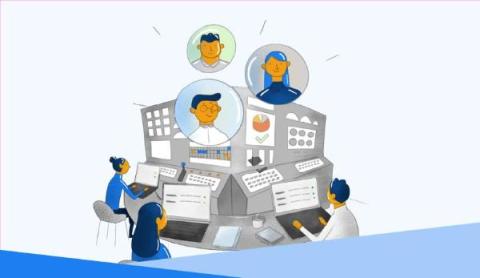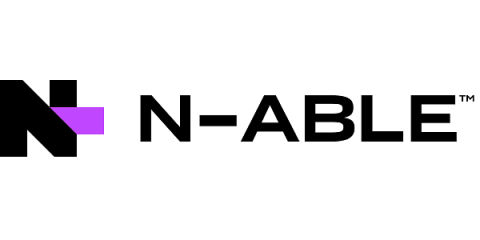Operations | Monitoring | ITSM | DevOps | Cloud
Latest News
3 Strategies for Becoming a Network Visionary
Choosing the Right Software Deployment Tool: Intune vs. NinjaOne - A User's Perspective
Software deployment is an essential yet sometimes complex process for IT administrators, aiming to ensure applications are installed, updated, and managed efficiently across a network. Simplifying this procedure, especially with varied file formats like MSI and EXE, becomes crucial to save time and reduce potential headaches. Two software deployment tools, Microsoft’s Intune and NinjaOne, provide options to manage this but offer different user experiences.
4 Ways to Reduce Your Mean Time to Resolution
What Is the True Cost of Downtime for Businesses?
The financial and operational ramifications of downtime have become increasingly pronounced over the past seven years. In 2014, Gartner predicted that downtime costs organizations an average of $300,000 per hour. However, recent statistics lie in sharp contrast to this 6-figure estimate, with 44% of organizations now counting their hourly downtime costs at over $1 million - exclusive of the ensuing penalties or legal fees.
6 Steps to a healthy RMM
If you think you might be outgrowing your current remote monitoring and management (RMM) platform, this RMM health checklist will help you pinpoint whether it’s time to change. Even if you’re not at that point yet, running through this process regularly will help ensure that you don’t let things drag on longer than you need to if there is an issue.
In-Office vs. Remote Employees: What's the Right Choice for Businesses?
Once upon a time, employment dictated where you lived. This widespread understanding led to a networking effect that amplified the appeal of cities. Cities, in turn, attracted skilled individuals, providing companies with a compelling incentive to establish a presence there and thereby draw even more talent. Notable locales like New York, Los Angeles, and Silicon Valley emerged as epicenters for high-caliber talent and the organizations that employed them.
Infrastructure as a Service (IaaS): What It Is, And Why You Need to Know
In the ever-evolving landscape of cloud adoption, resource virtualization has emerged as a transformative force, revolutionizing the way businesses operate and offer services. At the heart of this revolution lies the concept of Infrastructure as a Service (IaaS), which offers a spectrum of service models designed to meet the diverse needs of every company.
Application Patching: How To Patch Third-Party Applications
The applications we rely on extend well beyond the core systems provided by our primary software vendors, as our technological infrastructure is often interlaced with third-party applications. While these tools bring immense functionality and convenience, they also come with their own set of vulnerabilities. Third-party application patching is the unsung hero that ensures our external software tools remain secure, up-to-date, and optimized.









